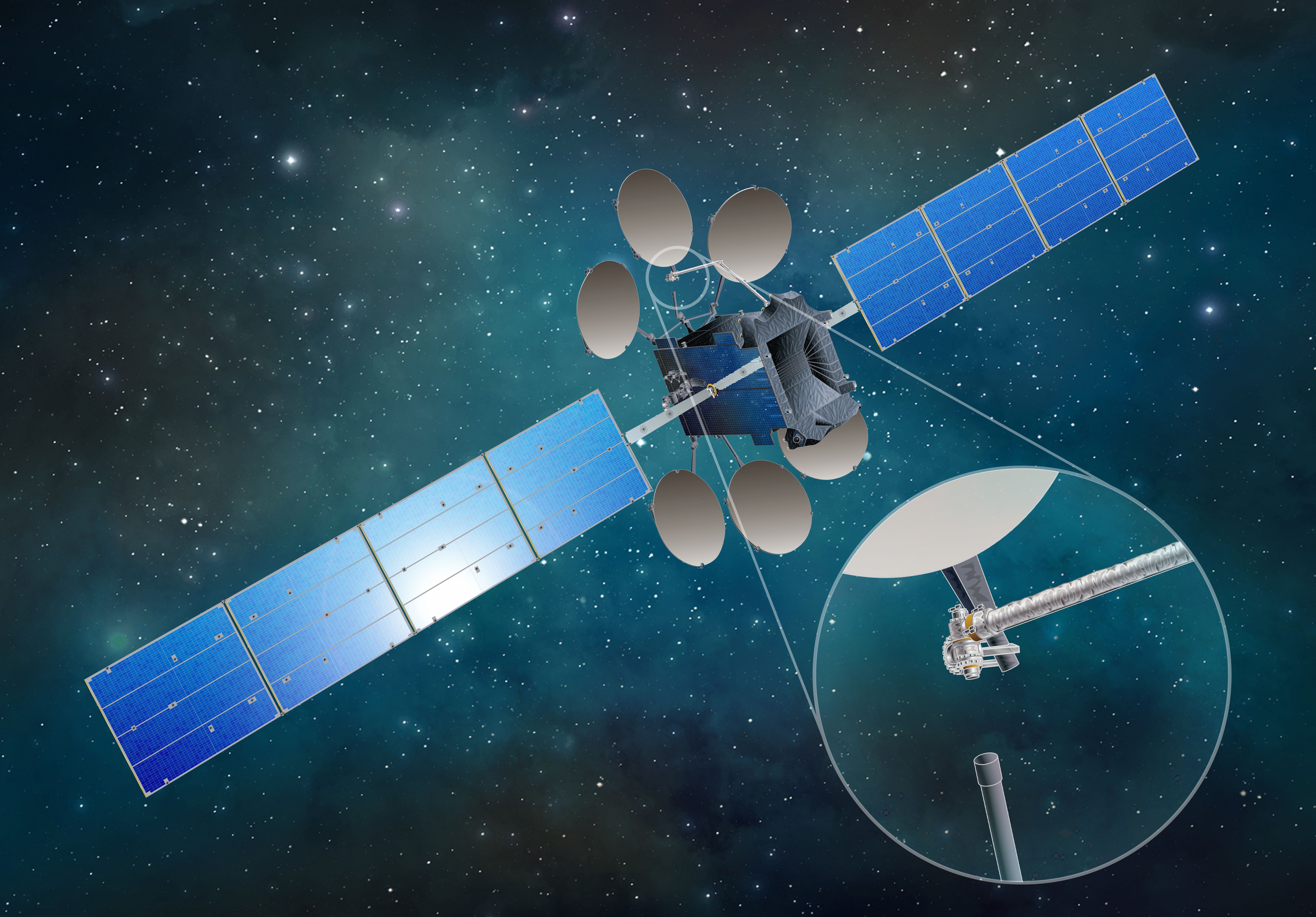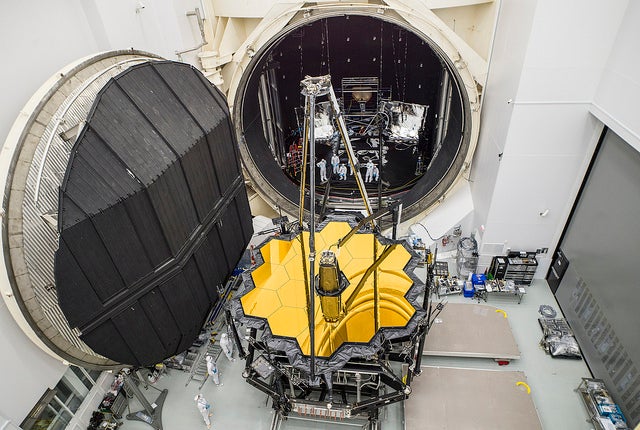
Many so-called “experts” are claiming that it’ll be a huge step forward for innovation in everything from manufacturing and transportation, to medicine and beyond. But in reality, 5G technology represents an existential threat to humanity – a “phony war” on the people who inhabit this planet we call Earth, and all in the name of “progress.”
Writing for GreenMedInfo, Claire Edwards, a former editor and trainer in intercultural writing for the United Nations (U.N.), warns that 5G might end up being the straw that breaks the camel’s back in terms of the state of public health. Electro-hypersensitivity (EHS), she says, could soon become a global pandemic as a result of 5G implementation, with people developing severe health symptoms that inhibit their ability to live normal lives.
This “advanced” technology, Edwards warns, involves the use of special “laser-like beams of electromagnetic radiation,” or EMR, that are basically blasted “from banks of thousands of tiny antennas” installed all over the place, typically on towers and poles located within just a couple hundred feet of one another.
While she still worked for the U.N., Edwards tried to warn her superiors about the dangers of 5G EMR, only to have these petitions fall on deaf ears. This prompted her to contact the U.N. Secretary-General, Antonio Guterres, who then pushed the World Health Organization (WHO) to take a closer look into the matter – though this ended up being a dead end as well.
For more news about 5G and its threat to humanity, be sure to check out Conspiracy.news.
The power of the elements: Discover Colloidal Silver Mouthwash with quality, natural ingredients like Sangre de Drago sap, black walnut hulls, menthol crystals and more. Zero artificial sweeteners, colors or alcohol. Learn more at the Health Ranger Store and help support this news site.
Elon Musk is planning to launch 4,425 5G satellites in to Earth’s orbit THIS JUNE
Edwards worries particularly about 5G implementation in space, as existing space law is so woefully inadequate that countries all around the world, including the U.S., will likely blanket the atmosphere in 5G equipment, turning our entire planet into an EMR hell.
Elon Musk of Tesla fame is one such purveyor of 5G technology who’s planning to launch an astounding 4,425 5G satellites in to Earth’s orbit by June 2019. This means that, in a matter of just a few months, 5G will be everywhere and completely inescapable.
“There are no legal limits on exposure to EMR,” Edwards writes.
“Conveniently for the telecommunications industry, there are only non-legally enforceable guidelines such as those produced by the grandly named International Commission on Non-Ionising Radiation Protection, which turns out to be like the Wizard of Oz, just a tiny little NGO in Germany that appoints its own members, none of whom is a medical doctor or environmental expert.”
Edwards sees 5G implementation as eventually leading to a “catastrophe for all life in Earth” in the form of “the last great extinction.” She likens it to a “biological experiment” representing the “most heinous manifestation of hubris and greed in human history.”
There’s already evidence to suggest that 5G implementation in a few select cities across the United States, including in Sacramento, California, is causing health problems for people who live near 5G equipment. At firehouses where 5G equipment was installed, for instance, firefighters are reporting things like memory problems and confusion.
Some people are also reporting reproductive issues like miscarriages and stillbirths, as well as nosebleeds and insomnia, all stemming from the presence of 5G transmitters.
Edwards encourages folks to sign The Stop 5G Appeal if they care about protecting people, animals, insects, and the planet from this impending 5G assault.
“Our newspapers are now casually popularizing the meme that human extinction would be a good thing, but when the question becomes not rhetorical but real, when it’s your life, your child, your community, your environment that is under immediate threat, can you really subscribe to such a suggestion?” Edwards asks.



.jpg)





 Want to know if that meteor that just struck
Want to know if that meteor that just struck 
